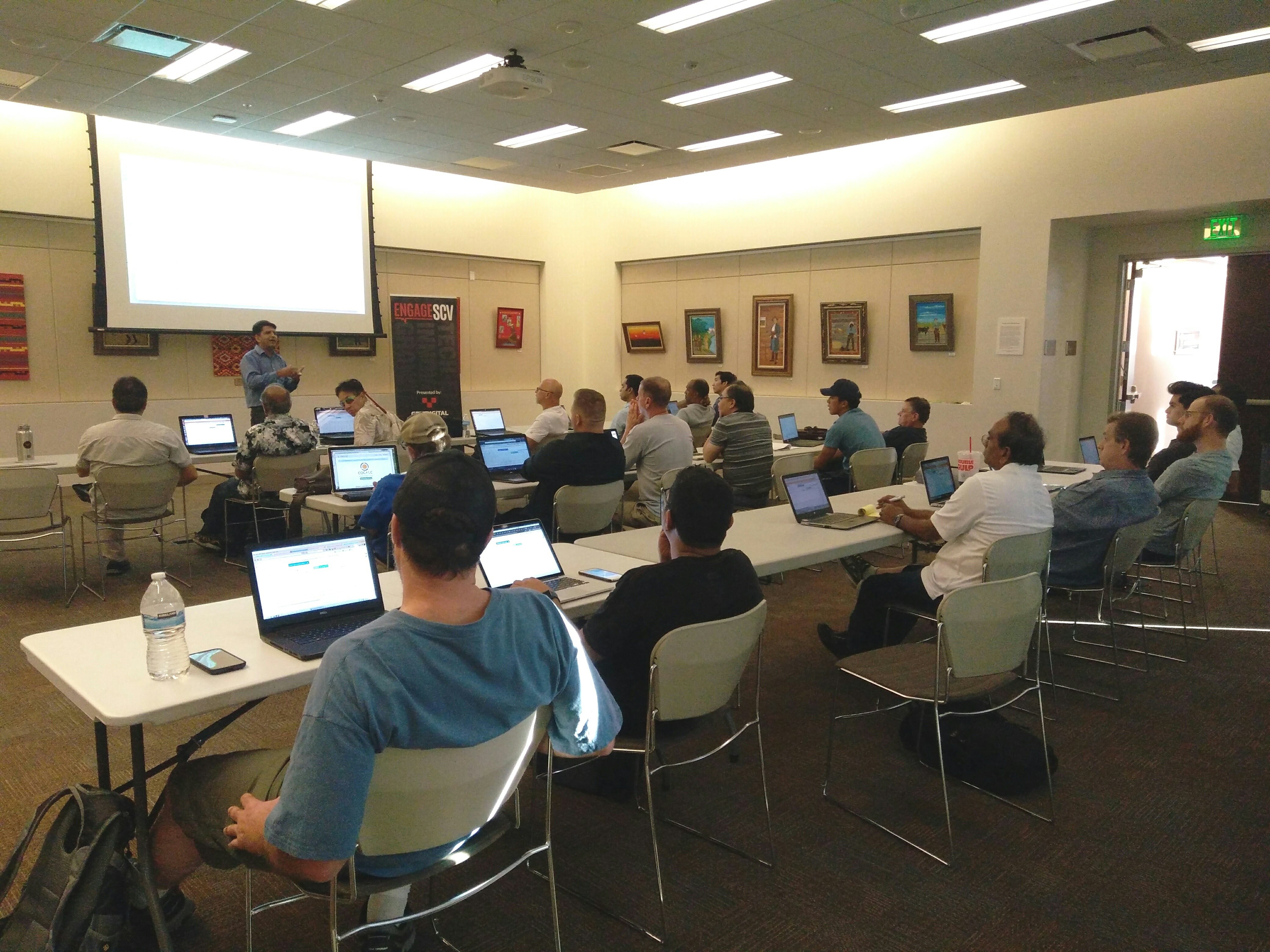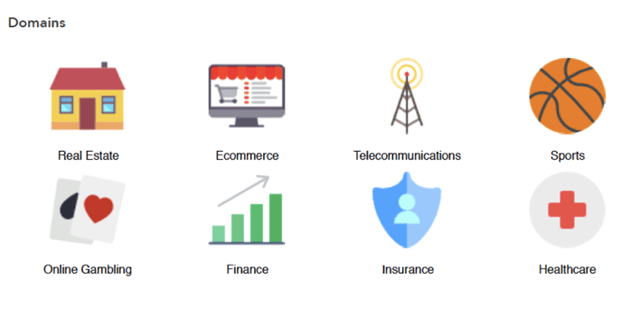Class Introduction
There is 2.5 quintillion bytes of data created every single day, and it's growing rapidly! By 2020, it's estimated that 1.7MB of data will be created every second for every person on earth.
Machine Learning patents grew at a 34% Compound Annual Growth Rate (CAGR) between 2013 and 2017, the third-fastest growing category of all patents granted. Additionally, International Data Corporation (IDC) forecasts that spending on AI and ML will grow from $12B in 2017 to $57.6B by 2021.
The opportunity is massive data growth, advanced computing power, and then cheap storage. The combination of these three propels us into more careers in data driven projects using ML and AI.
Mastering Applied Data Science is a project-driven course that will teach students the practical aspects of Data Science, such as collecting data by web scrapping, validation of information in data by data analysis, comparing models created by ML algorithms by interpreted metrics, and more.
Additionally, we dive into the more enhanced aspects of data science by introducing topics, such as recommender systems, natural language processing (NPL), and Computer Vision, which are all in everyday applications of AI.
Our classes provide background and insights while solidifying the ideals through hands-on in-class projects and in depth real life business projects. Students are expected to present their findings and documentations on their journey throughout their project and explain further on what would be their next step to solve the business problem.
Class Duration: 12 weeks
Days: Monday/Wednesday/Sunday or Saturday/Sunday (weekday office and mentoring hours are available)
Time: Monday/Wednesday - 5pm-9pm; Saturday/Sunday - 10am – 6pm
Locations: Los Angeles - CA, Irvine - CA, San Diego - CA, Walnut Creek - CA, Lacey - WA
Price: $9,995 (Financial options available)
Prerequisites and Requirements: Yes, Pre-Work is required, included in the price.
Do you offer a Certificate? Yes, at completion you will receive a certificate from theDevMasters showcasing the 400 hours you've completed in our nationally recognized course!
Why you should take this class?
- In-person Training
- Applied Labs; an Innovative Way to Learn
- 100% Hands-On Learning
- Project Based Learning
- Mastermind Project Groups and Interview Prep Groups
- Repeat Project or Session Anytime
Related Courses: Python 101, Stats 101, SQL 101, Web 101, delivered as Pre-Work to this course.
Teachers & Credentials: Zia, Sidy, Jay, Kate, Mohammad, Arshad.
Average Salary Post Graduation: Refer Glassdoor: $95k in Los Angeles area.
Who is this class best suited for?:
This class is open for all backgrounds; there is a pre-requisite which is completed through Pre-Work to assure students are setup for success..
- Someone looking to change their career,
- Someone looking to improve their knowledge and gain skills to become a leader and leverage themselves in the chosen field,
- College students and recent graduates looking for hands-on experience and to fill the gap between school and real world applications.
Our graduates backgrounds include: marketing, engineering, healthcare services, insurance, education, real estate, manufacturing, e-commerce, sports, on demand services, etc.
Class Size: 5:1, student-to-teacher ratio.


